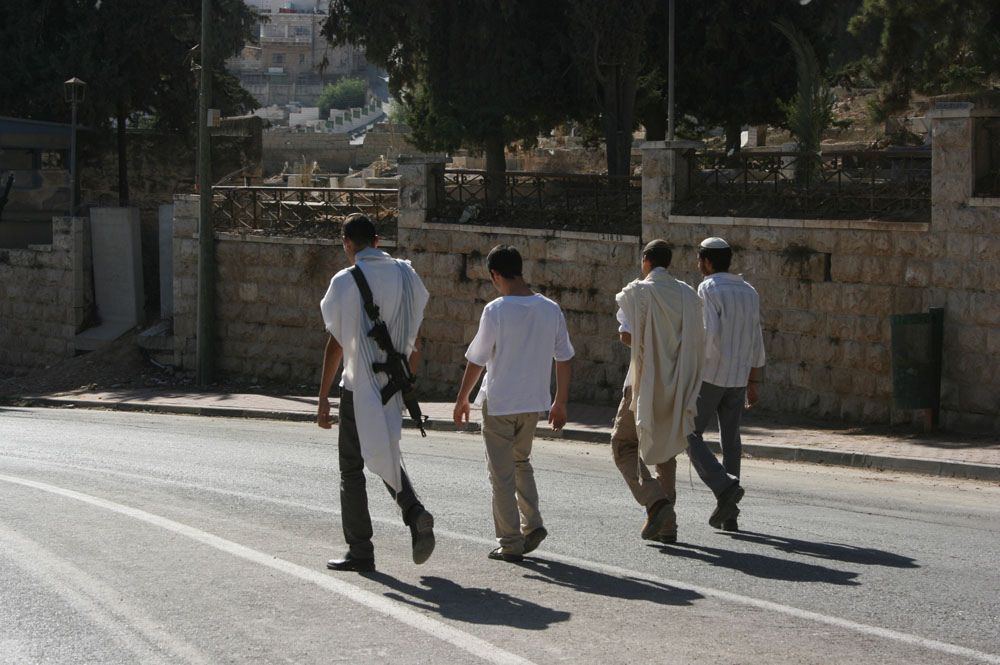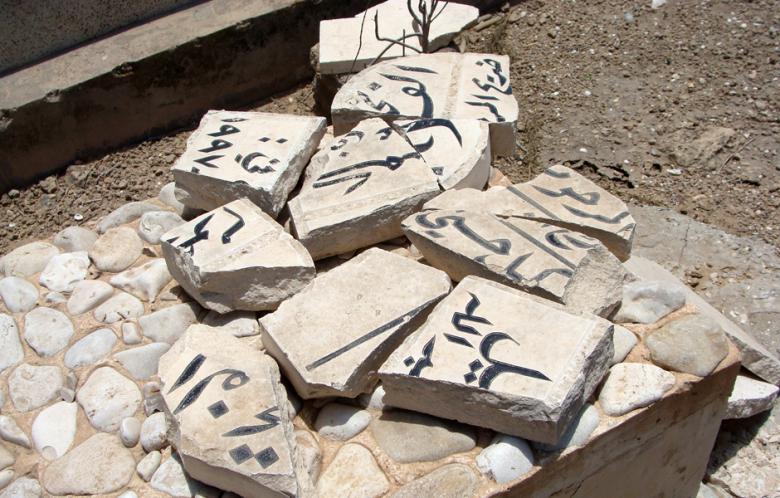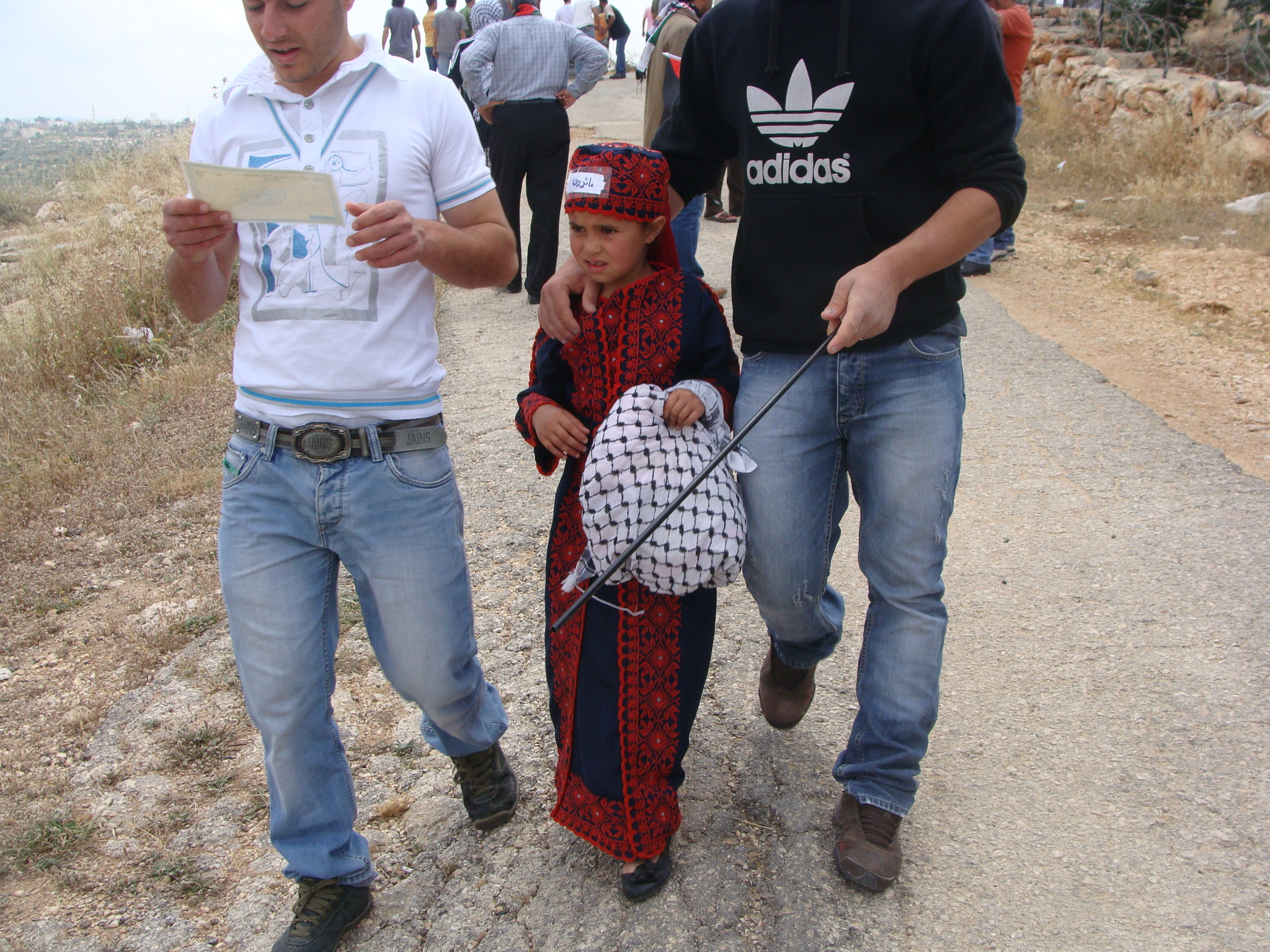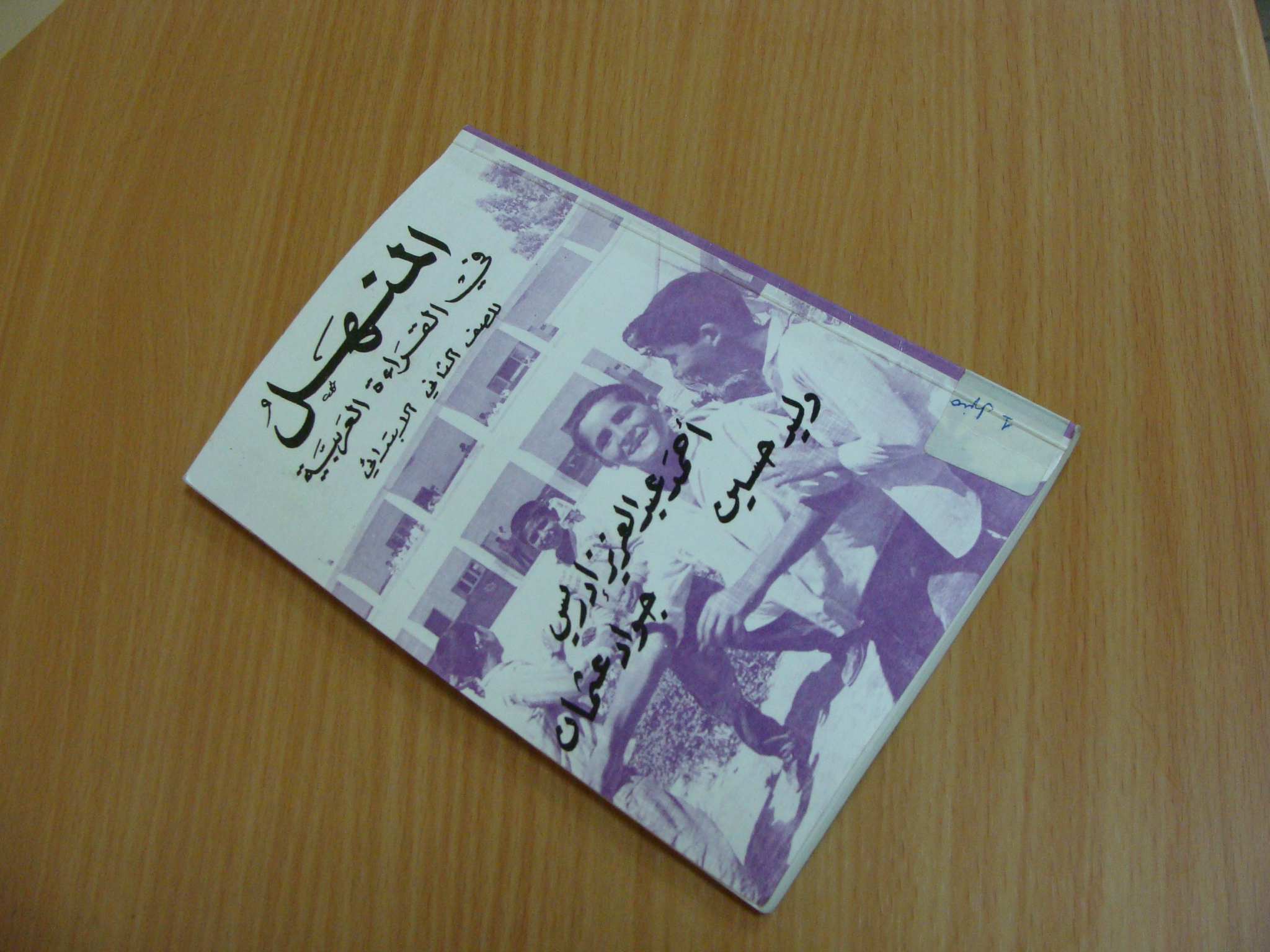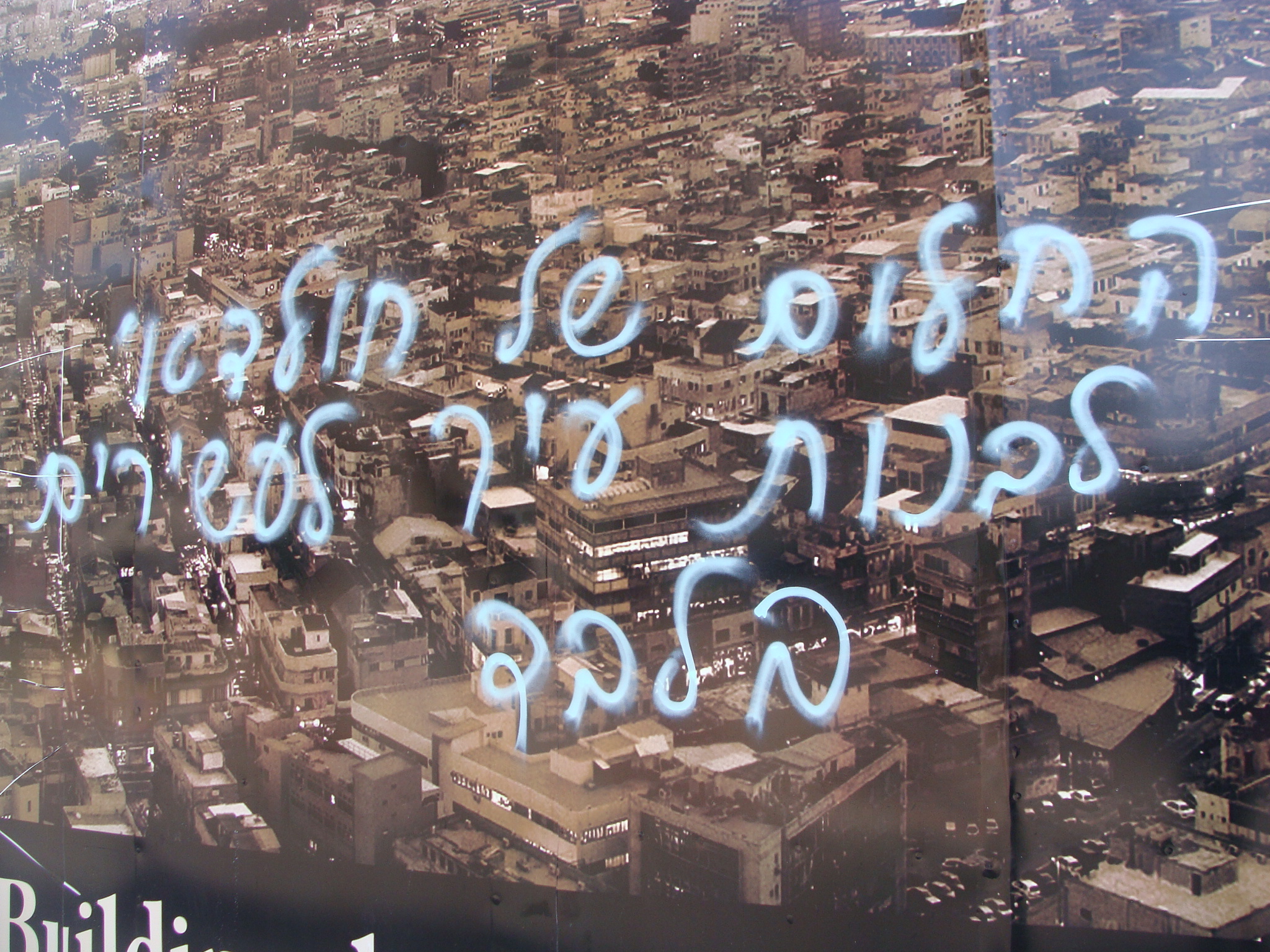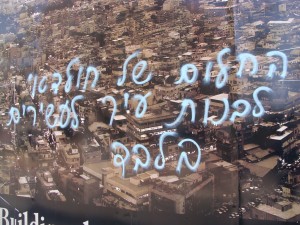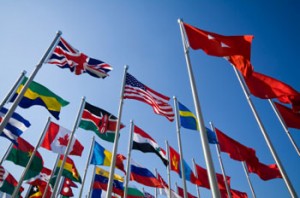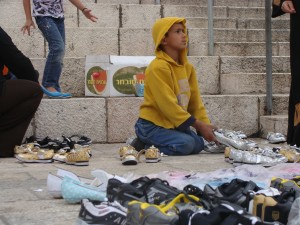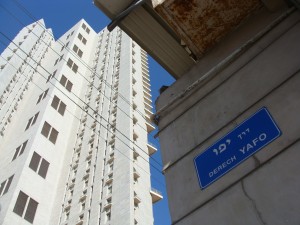Inter Press Service, January 22, 2012
An elderly Palestinian woman spent last week on hunger strike to protest violent attacks by Israeli settlers.
Hana Abu Heikel went on the hunger strike on behalf of her family after settlers burned the family car during the previous weekend. Since Israeli settlers moved into the houses surrounding the Abu Heikel family home in Hebron in 1984, the Abu Heikels have seen eight cars burned. Six vehicles were also smashed by settlers.
Settlers also pelted the Abu Heikel’s home with stones last weekend. Two young Palestinian men were attacked and beaten by Jewish settlers in Hebron during the same period. The young men were jumped on Shuhada Street which was once the bustling centre of Palestinian commerce in Hebron. Because of the street runs through an illegal Israeli settlement, it has been closed. Its shuttered storefronts are covered with spray-painted Jewish Stars of David.
When Israeli soldiers intervened, they arrested the Palestinian men and did not take any action against the settlers.
The second weekend of January also saw settlers cut down over 100 olive trees in two small villages near the West Bank city of Salfit.
Although Israeli Prime Minister Benjamin Netanyahu approved measures to curb settler violence last month, January’s incidents reflect Israeli authorities’ continued refusal to protect Palestinian civilians and their property.
Recent settler attacks also point to growing violence in the West Bank.
According a year-end report compiled by the United Nations Office for the Coordination of Humanitarian Affairs (OCHA), settler violence against Palestinians and their property went up 40 percent in 2011 compared to 2010. When compared to 2009, it rose 165 percent.
While settler violence is on the rise, it is not new. According to the Israeli human rights organisation B’Tselem, Israeli settlers killed 50 Palestinians in the West Bank and Gaza between September 2000 and June 2011. During the 13 years spanning December 1987 and September 2000, 115 Palestinians were killed by Israeli settlers.
Many of these deaths were not acts of self-defence but malice. On numerous occasions, B’Tselem reports, “Israeli civilians chased Palestinians who had thrown stones, and killed them by shooting directly at their bodies.”
According to the U.N., 2011 saw Israeli settlers kill three Palestinians and injure 167; settlers damaged or destroyed approximately 10,000 Palestinian-owned trees, mostly olive trees, in the same year.
The Abu Heikels’ olive grove was ruined after settlers set fire to it in 2008.
Abu Heikel’s brother, Hani, estimates that the family has filed approximately 500 complaints about settlers with Israeli authorities in the past 28 years. He says that the police have not investigated these complaints and that authorities are dismissive of the family’s troubles.
“They tell us to ‘leave the area, leave the house’,” Abu Heikel says.
OCHA reports that over 90 percent of monitored Palestinian complaints about settler violence are “closed without indictment.”
Some settler assaults on Palestinians and their property are “price tag” attacks – retribution for the evacuation or threatened demolition of illegal Israeli outposts. But, in many instances, settler violence is an attempt to run Palestinians out of their homes so that some Israelis can take the property and tighten Israel’s grip on the West Bank.
While the Abu Heikels are surrounded by settlers and are under immense pressure to leave, they refuse to abandon their house. When discussing his family’s long history in Hebron, Abu Heikel notes that his grandparents were one of the Palestinian families that sheltered more than 400 Jews during the 1929 massacre in Hebron that saw 67 Jews killed.
Still, settlers seem intent on driving the Abu Heikels out.
On one occasion, a settler cut the fence surrounding the Abu Heikel’s home and entered the garden. The Israeli woman was accompanied by her children, pointing to one reason settler violence proves so intractable – some settlers teach their children to behave in a violent manner towards the local Palestinian population. This writer has interviewed children, including a 13-year-old girl, who openly admitted to throwing stones at Palestinians.
The United Nations’ recent report on settler violence pointed out that international law mandates that Israel must protect civilians and their property and “ensure that all incidents of settler violence are investigated in a thorough, impartial and independent manner.”
Israel’s High Court has also ruled that the army is obligated to protect Palestinians and their property in the Occupied Territories.
Abu Heikel says that when he asks Israeli police and soldiers for help, they answer, “‘Our work is just to protect the settlers’.”
While the third weekend of January was quiet, human rights groups in the West Bank were bracing themselves for “price tag” attacks due to Israel’s recent demolition of an illegal outpost. Speaking to IPS, a spokeswoman for the Christian Peacemaker Teams said that her organisation and others were preparing for imminent violence in the Hebron area. The groups were scheduling shifts to maintain an international presence in the city and to monitor both the settlers and the Israeli army.
The spokeswoman, who asked to remain anonymous because she does not want to attract the attention of Israeli authorities, added that while the settlers were unusually calm last week, Israeli soldiers from the Golani brigade broke into the CPT’s building and a neighbouring apartment.
Photo: armed settlers walking on Shuhada Street in Hebron (ISM Palestine)
